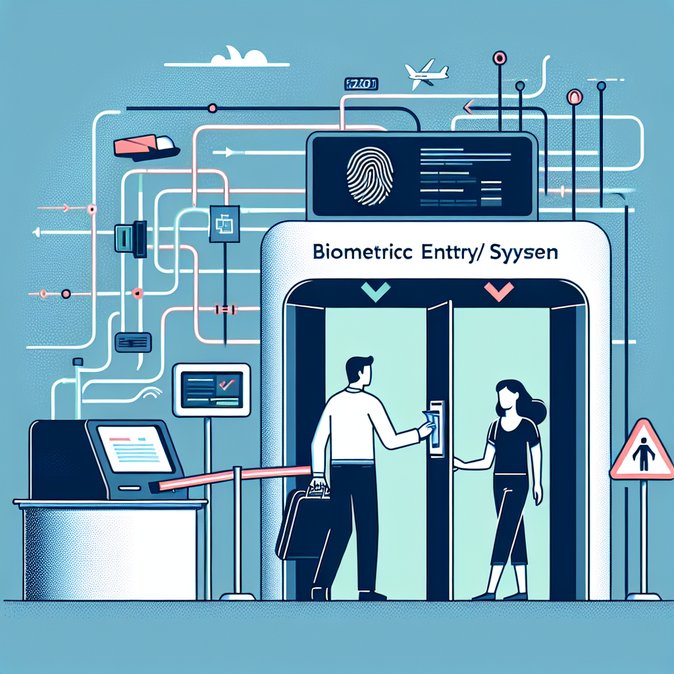
At 00:01 on 24 November the Polish Border Guard simultaneously switched on the EU’s new Entry/Exit System (EES) at all 38 of the country’s airports, seaports, rail stations and road crossings, from Warsaw-Chopin and Kraków-Balice to the busy Korczowa gate on the Ukrainian frontier. The €47 million rollout captures four fingerprints, a high-resolution facial image and passport biographic data in under two minutes, replacing the traditional ink-stamp with a tamper-proof digital record. Officials say first-time enrolment averages 90 seconds, while repeat travellers using e-gates can clear the border in as little as 20 seconds.
The upgrade follows a six-week pilot on the eastern land border that processed more than 600,000 travellers without major glitches. Poland will now connect a further 140 secondary posts by 4 December, achieving 100 percent EES coverage and starting a nine-month countdown to the launch of ETIAS, the prepaid travel authorisation linked to the system’s stability. Interior Minister Marcin Kierwiński framed the move as both a facilitation tool and a response to “hybrid threats” from Russia and Belarus.
![Poland Becomes First EU State to Fully Activate Schengen Biometric Entry/Exit System]()
For business travellers and corporate mobility managers the implications are immediate. Companies are advising assignees to budget an extra five-to-ten minutes for the first post-24 November arrival while biometrics are taken, to carry Polish residence cards in case database synchronisation lags, and to expect quicker repeat trips once enrolled. Airlines believe the new system will shorten peak-time queues after the initial hump subsides.
Strategically, Warsaw hopes early adoption will strengthen its call for neighbouring Germany and Lithuania to lift recently re-introduced internal Schengen checks, arguing that a pan-EU biometric perimeter reduces the need for spot controls. Multinationals, meanwhile, are revising data-privacy clauses because EES logs will become discoverable evidence in tax-residency, posted-worker and social-security audits.
The upgrade follows a six-week pilot on the eastern land border that processed more than 600,000 travellers without major glitches. Poland will now connect a further 140 secondary posts by 4 December, achieving 100 percent EES coverage and starting a nine-month countdown to the launch of ETIAS, the prepaid travel authorisation linked to the system’s stability. Interior Minister Marcin Kierwiński framed the move as both a facilitation tool and a response to “hybrid threats” from Russia and Belarus.

For business travellers and corporate mobility managers the implications are immediate. Companies are advising assignees to budget an extra five-to-ten minutes for the first post-24 November arrival while biometrics are taken, to carry Polish residence cards in case database synchronisation lags, and to expect quicker repeat trips once enrolled. Airlines believe the new system will shorten peak-time queues after the initial hump subsides.
Strategically, Warsaw hopes early adoption will strengthen its call for neighbouring Germany and Lithuania to lift recently re-introduced internal Schengen checks, arguing that a pan-EU biometric perimeter reduces the need for spot controls. Multinationals, meanwhile, are revising data-privacy clauses because EES logs will become discoverable evidence in tax-residency, posted-worker and social-security audits.








